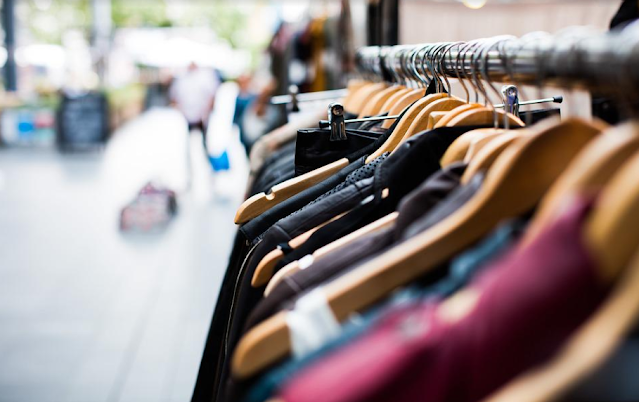Clothing is a clothing need for humans that must be met. The importance of clothing makes it one of the primary human needs.
 |
| Ilustrations |
Therefore, the Prophet taught how to dress well and simply to be followed by Muslims. The Prophet also wore clothes that always covered his aurat as a man.
With simple clothes will reflect the simplicity and sufficiency of one’s life. However, we often find someone wearing luxurious clothes and not covering their nakedness.
There are many narrations that tell the character, personality, physical characteristics, life history, and daily life of the Prophet Muhammad. This includes how the Prophet Muhammad was dressed—his preferred clothes, styles, colors, shoes, sandals, and sarongs. Such things are well recorded in the hadiths.
The following is a review of how to dress the Prophet that you can use as an example in everyday life.
1. Rasulullah likes to wear a long robe that covers all his aurat
During his life, the Prophet liked to wear a white robe and cover his aurat. In fact, the robe can cover up to the wrist. If he did not cover his wrists, the Messenger of Allah would put his hands in the pockets of the robe.
2. White clothes are best for Rasulullah
White clothes are the best clothes for the Prophet Muhammad. Rasulullah likes to wear white clothes, because for him white clothes are cleaner and better for everyday wear
This white garment is also worn to envy dead humans. So, by wearing white clothes, you can remember death.
Based on some existing narrations, the Prophet Muhammad is said to wear red clothes. Bara ‘bin Azib thought that the Prophet Muhammad was very fit to wear red clothes. So that no one is better than the Prophet Muhammad when wearing red clothes. It is narrated that the sleeve length of the Prophet Muhammad’s shirt was up to the wrist.
3. Wearing a scarf or turban wrapped around the neck
The Prophet also liked to wear a turban or scarf wrapped around the neck. After wearing the turban, he will pray for goodness and take refuge from various evils that exist. While the turban of the Prophet Muhammad is black on his head. He stuck his turban between his shoulders. He wore a black turban on several occasions such as during the Fathu Mecca incident and when preaching in front of his companions.
4. Love to wear clothes from Yemen
Not only likes white robes, the Prophet also likes to wear Al Hibrah. This outfit comes from Yemen and is striped of red or blue or green.
According to the hadith of the companions regarding his testimony, the Prophet looked more handsome when wearing Al Hibrah clothes. It’s as if friends can see the sparkle of her calves when wearing this outfit.
5. clothes of other nations.
The Prophet Muhammad also wore the clothes of Arab foreigners. As explained by Mughirah bin Syu’bah, the Prophet Muhammad once wore a narrow-sleeved Roman robe. The Prophet also used clothes from the Qithr area when praying and clothes made of black feathers.
6. wear old clothes.
Once upon a time the Prophet Muhammad wore old clothes that were colored with za’faran. Qailah bint Makhramah saw that the clothes worn by the Prophet had started to fade
7. Prioritize the right.
Prophet Muhammad always prioritized the right when doing a job such as wearing sandals, combing, walking, and washing. This is in accordance with the hadith narrated by Sayyidah Aisyah.
8. Pray when wearing new clothes.
When Prophet Muhammad wore new clothes, he always prayed to Allah as a sign of gratitude. The following is the Prophet’s prayer when wearing new clothes.
9. For footwear,
The Prophet used shoes and sometimes sandals. Prophet Muhammad’s shoes were obtained from gifts from people. One time, King Najasyi presented the Prophet with a pair of jet black shoes. On another occasion, Dihyah also gave shoes to the Prophet. While related to sandals, there are several narrations that mention the specifications.
According to Anas bin Malik, the Prophet’s sandals used two qibals (saddle sandals or the front boundary of the sandal in the form of a rope placed between two toes). Each qibal of the Prophet’s sandals consists of two straps. Ibn Umar described that the Prophet’s sandals were bare and hairless. When praying, the Prophet also wore sandals with holes (patched).
The clothes worn by the Prophet Muhammad were not special clothes worn only by him. He wore clothes like the clothes worn by people at that time. So that there is no difference between the Prophet’s clothes with others. A stranger who came to the Prophet would not recognize him when he was in the company of his Companions, because the Prophet’s appearance and clothes were the same as the others. Not flashy.
